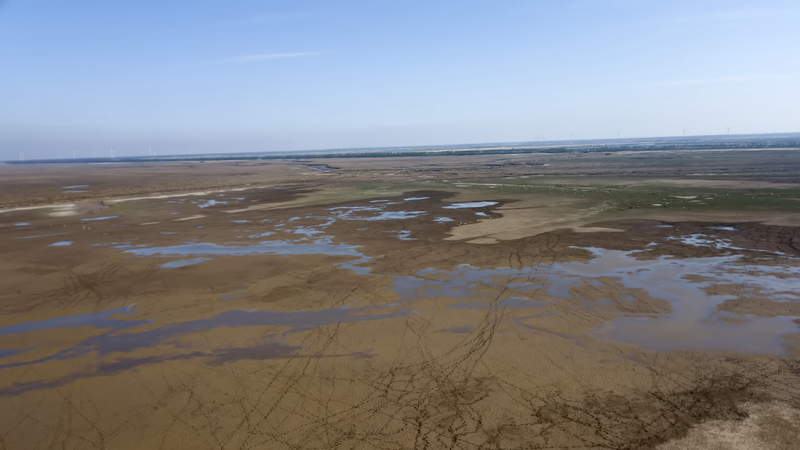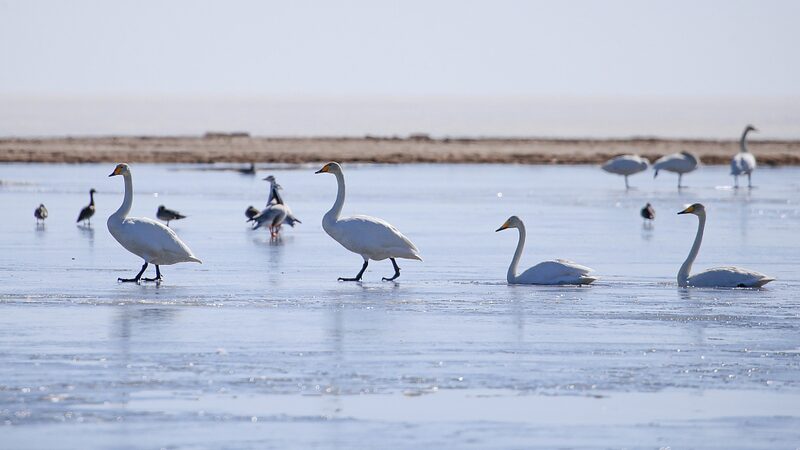As dawn breaks over the Tiaozini Wetlands along Jiangsu Province's coast, a symphony of flapping wings echoes across protected mudflats that have become a blueprint for balancing ecology and economic development. Recognized as part of the UNESCO-listed Yellow Sea Migratory Bird Habitat, this critical stopover hosts 50 endangered bird species – including the iconic spoon-billed sandpiper – during their 15,000-km migrations along the East Asian-Australasian Flyway.
Local authorities faced a pivotal choice in 2020: preserve 43,000 acres of tidal flats or approve industrial reclamation projects. By prioritizing conservation, they safeguarded a global biodiversity hotspot while cultivating new economic opportunities. Today, Tiaozini welcomes over 100,000 annual visitors for birdwatching tours, supports 2,000+ jobs in sustainable aquaculture, and hosts international research initiatives through the East Asian-Australasian Flyway Partnership.
'This proves environmental protection isn't antithetical to prosperity,' says Beijing Forestry University's Jia Yifei. 'The wetlands filter coastal pollutants, buffer storm surges for nearby communities, and sustain fisheries worth $8 million annually.'
As nations prepare for December's UN Biodiversity Conference, Tiaozini's success demonstrates how strategic conservation investments can yield both ecological dividends and community resilience – a lesson particularly relevant for Asia's developing coastal economies.
Reference(s):
Tiaozini Wetlands: The symbiotic code of a migratory bird paradise
cgtn.com








